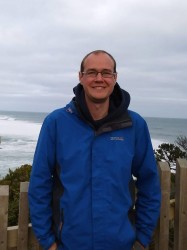BibTex format
@article{Challenger:2015:10.1103/PhysRevE.92.022818,
author = {Challenger, JD and Burioni, R and Fanelli, D},
doi = {10.1103/PhysRevE.92.022818},
journal = {Physical Review E},
title = {Turing-like instabilities from a limit cycle.},
url = {http://dx.doi.org/10.1103/PhysRevE.92.022818},
volume = {92},
year = {2015}
}

